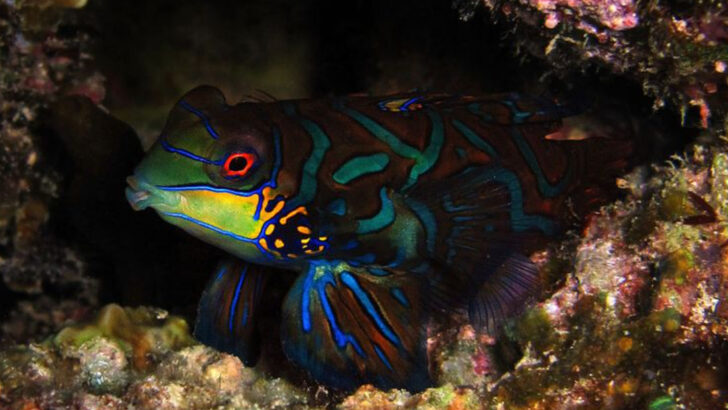Some underwater creatures look like they were designed by a sci-fi artist on a sugar rush. They glow. They shapeshift. They punch harder than a speeding bullet. And they live in places most of us couldn’t survive for more than a few seconds—boiling vents, pitch-black trenches, or coral castles packed with danger. This isn’t your average aquarium lineup. These animals are beautiful, bizarre, and live in some of the strangest corners of the planet. From the glowing depths to reefs that never sleep, they’ve mastered survival in the weirdest ways. Here are 18 aquatic creatures that don’t just look wild—they live wild. And once you meet them, you’ll never look at the ocean the same way again.
Mandarinfish
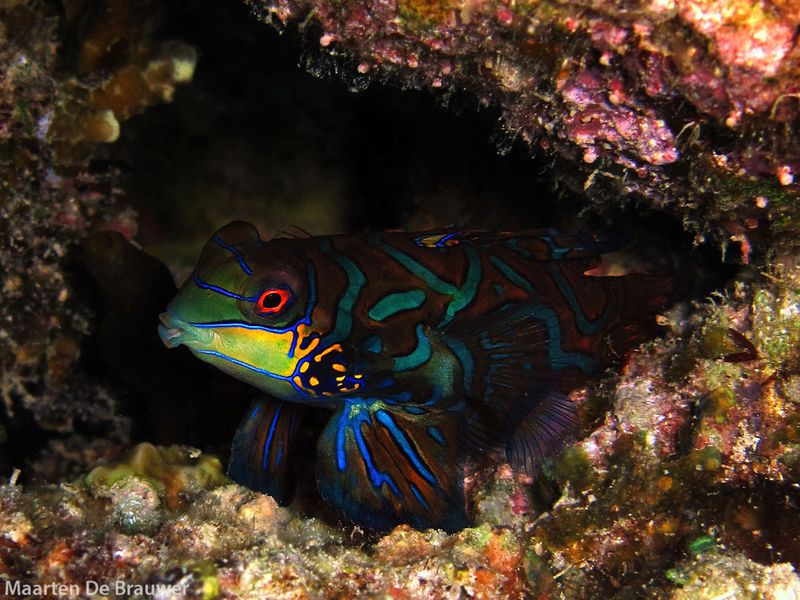
In the dimming light of dusk, the mandarinfish emerges, its electric blues and psychedelic patterns shimmering against the coral rubble. This small, vibrant creature is a marvel to behold, its vivid colors a stark contrast to the muted tones of its surroundings. Found primarily in the western Pacific, the mandarinfish is an elusive beauty, often hiding within the crevices of coral reefs. Its striking appearance is a result of its unique diet, rich in crustaceans and other small marine organisms. Despite its flamboyant looks, the mandarinfish is a shy and retiring creature, rarely venturing far from its safe haven.
Leafy Sea Dragon
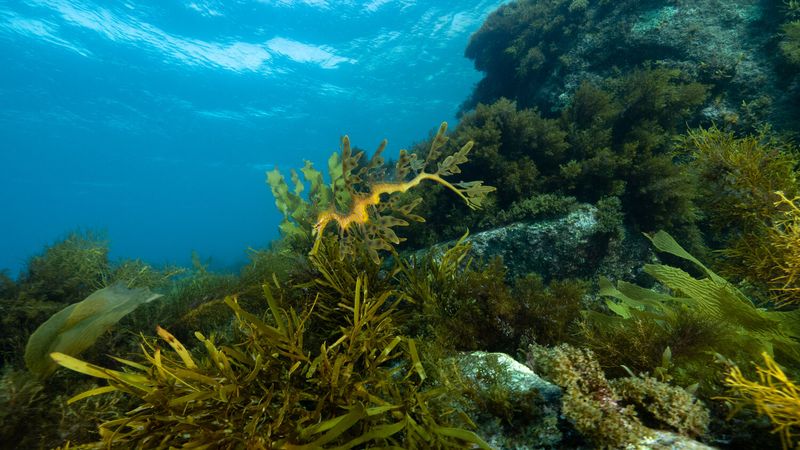
Drifting among the kelp forests of southern Australia is the enchanting leafy sea dragon. Resembling floating seaweed, its delicate appendages wave gracefully in the currents, providing perfect camouflage against predators. This unusual creature can vanish seamlessly into its surroundings, its leafy protrusions mimicking the marine flora it inhabits. Despite its fragile appearance, the leafy sea dragon is a master of disguise, blending effortlessly with the kelp beds. Observing one in its natural habitat is like watching a piece of living art, its every movement a testament to the wonders of evolution.
Axolotl
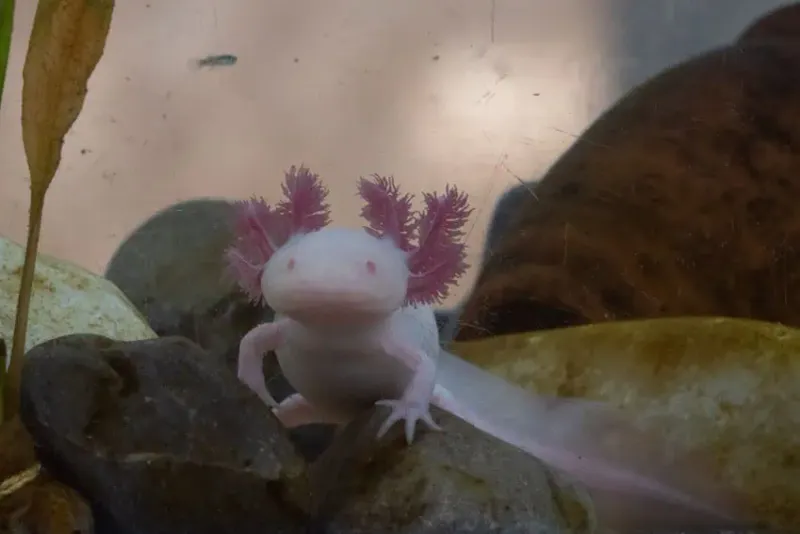
Forever youthful, the axolotl is nature’s perpetual child, its smiling face and frilly gills captivating all who encounter it. Native to Mexico’s ancient canals and high-altitude lakes, this amphibian defies aging, retaining its larval features throughout its life. The axolotl’s regenerative abilities are legendary, capable of regrowing lost limbs with ease. In the wild, it inhabits clear, cool waters, its pale pink form a striking contrast to the verdant aquatic plants. Sadly, this unique creature is critically endangered, its numbers dwindling due to habitat loss and pollution.
Vampire Squid

In the inky blackness over 2,000 feet below the ocean’s surface, the vampire squid thrives where few others can. Its bioluminescent glow is a haunting spectacle, illuminating the darkness with an eerie red hue. This deep-sea dweller is a master of survival, equipped with features perfectly adapted to its oxygen-depleted environment. Despite its fearsome name, the vampire squid is a gentle creature, feeding on marine detritus rather than blood. Its mesmerizing appearance and unique adaptations make it a fascinating study for marine biologists and enthusiasts alike.
Flamingo Tongue Snail
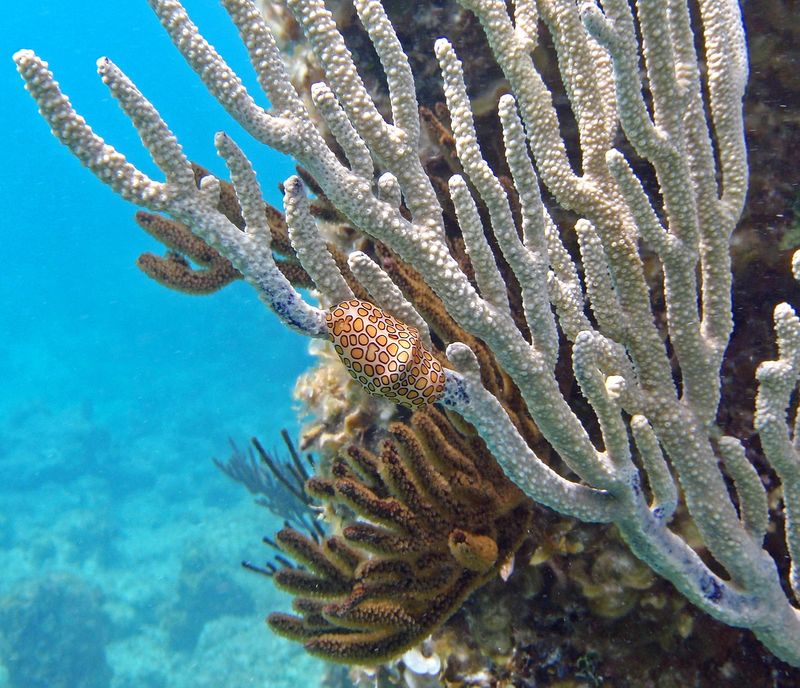
Amidst the vibrant corals of the Caribbean, the flamingo tongue snail stands out with its bright, spotted ‘flames.’ This small mollusk makes its home on soft corals, its vivid pattern a warning to potential predators. It feeds in plain sight, its striking coloration a signal of its toxicity. The flamingo tongue snail is a slow mover, its journey across the coral a leisurely display of nature’s beauty. Its shell, often collected by humans for its unique appearance, is part of what makes this creature so fascinating, though its population can be vulnerable to over-collection.
Christmas Tree Worm
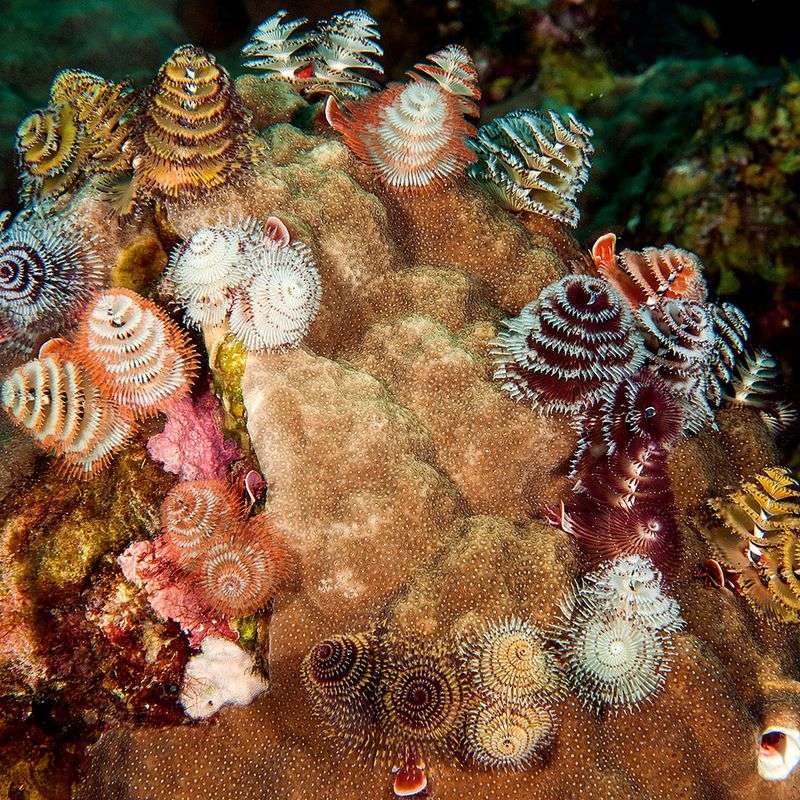
Embedded within the coral reefs, the Christmas tree worm adds a festive touch with its colorful, spiraled plumes. These intricate structures, resembling miniature holiday decorations, are actually its feeding and respiratory appendages. Once disturbed, the worm retracts quickly into its burrow, leaving only its hard shell visible. These worms are permanent residents of their coral homes, never straying from their burrows. The vibrant colors and delicate design make them a favorite subject for underwater photographers. Their presence is a testament to the diversity and creativity of marine life, decorating the ocean with their festive flair.
Yeti Crab
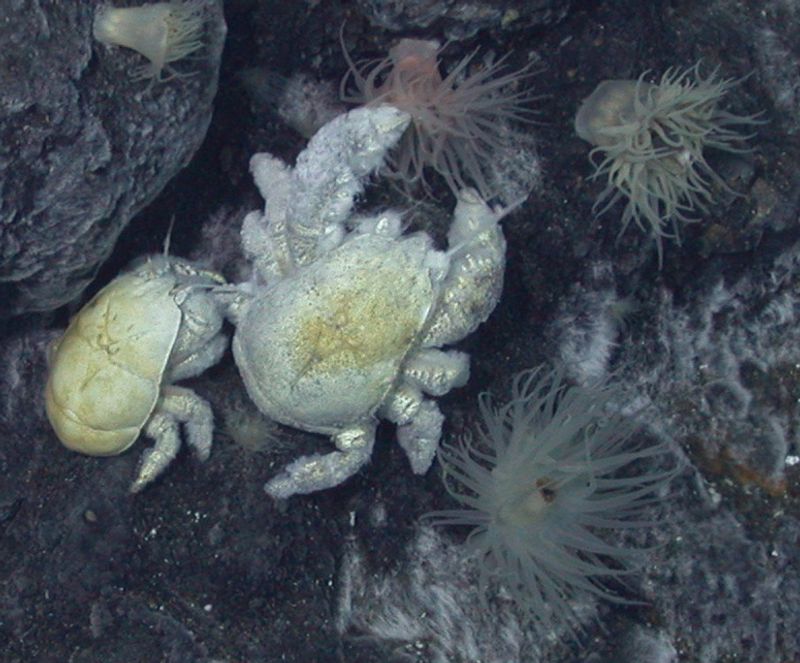
In the remote, inhospitable depths of the ocean, near hydrothermal vents, resides the enigmatic yeti crab. Its all-white body and hairy claws give it an otherworldly appearance, reminiscent of a mythical creature. Found 7,000 feet deep, this crab thrives in an environment of extreme temperatures and toxic chemicals. The hair-like structures on its claws harbor bacteria that detoxify the water, providing nutrients to the crab. This symbiotic relationship is a fascinating adaptation to one of the ocean’s harshest habitats. The yeti crab’s discovery opened new doors for understanding life in extreme conditions.
Clown Frogfish
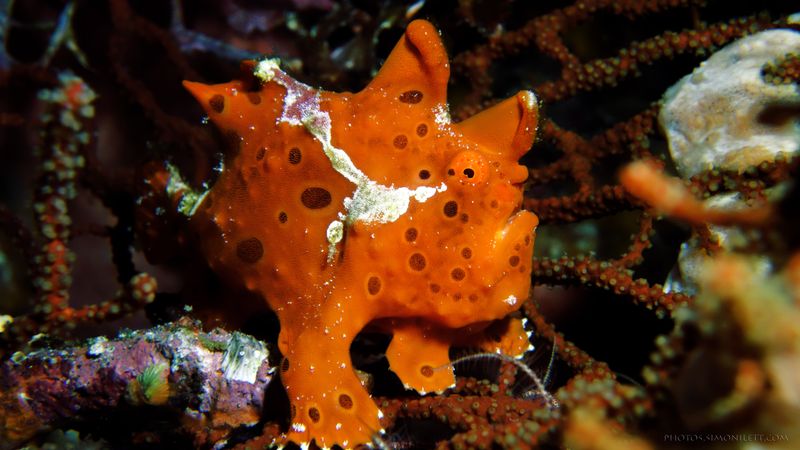
With its comical appearance and remarkable camouflage, the clown frogfish is a master of disguise. This chubby oddball uses its fins to ‘walk’ across the coral reefs, blending seamlessly with its surroundings. Its ability to change color, mimicking the textures and hues of the reef, is astonishing. The frogfish’s hunting strategy is equally unique, using a lure on its head to attract prey within striking distance. Watching this peculiar creature in action is both amusing and mesmerizing, as it combines stealth and surprise in its daily hunt for food.
Peacock Mantis Shrimp
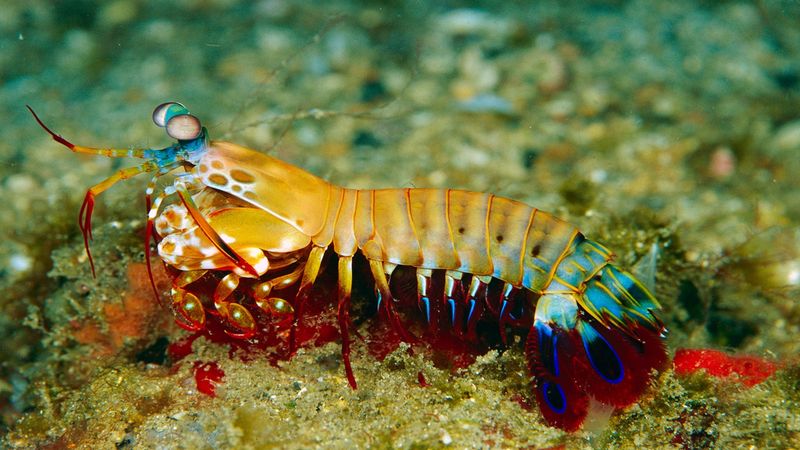
A riot of color and sheer power, the peacock mantis shrimp is as beautiful as it is deadly. Its vibrant, rainbow-hued exoskeleton conceals one of the most formidable weapons in the animal kingdom: a pair of club-like appendages capable of delivering a punch faster than a bullet. Living in burrows, this shrimp is a fierce predator, smashing open the shells of its prey with ease. Its eyes, capable of seeing polarized light, add to its extraordinary adaptations. Despite its small size, the mantis shrimp’s impact on its environment is profound, a true marvel of evolution.
Sea Pen
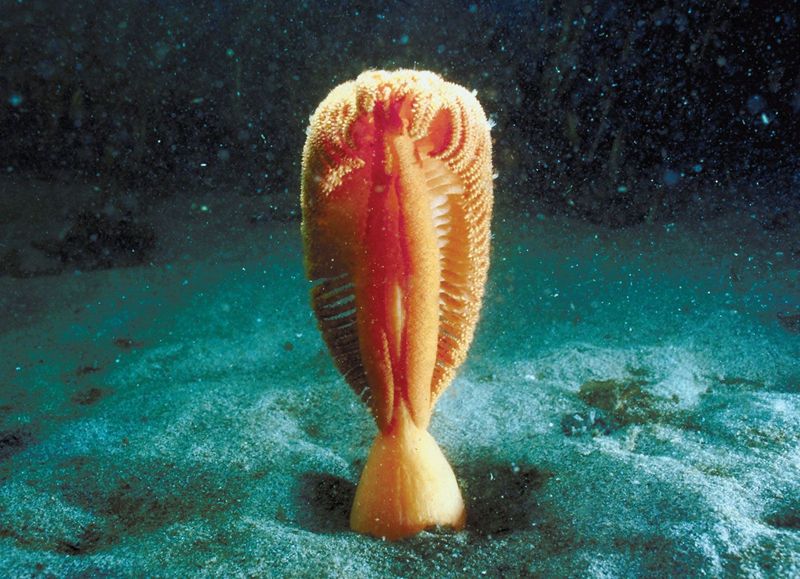
Resembling a quill pen from the depths, the sea pen is a soft coral that glows and sways gracefully in the deep sea mud. Anchored to the ocean floor, this extraordinary creature resembles an underwater plant, its polyps extending like feathery branches. The sea pen’s bioluminescence creates a mesmerizing display, lighting up the dark waters like a luminescent feather. Its presence adds a touch of elegance to the murky depths, a testament to the hidden beauty of the ocean floor. Observing a sea pen in its natural habitat is a captivating experience, showcasing nature’s artistic flair.
Portuguese Man O’ War
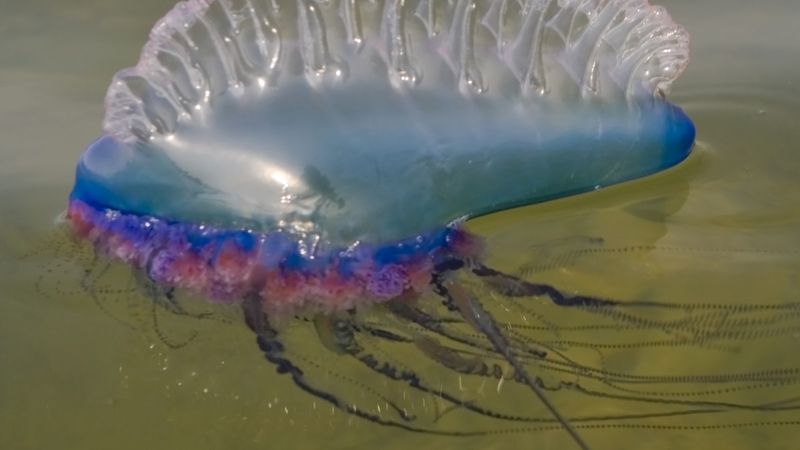
Often mistaken for a jellyfish, the Portuguese Man O’ War is actually a floating colony of organisms working together in perfect harmony. Its translucent blue body, resembling a living balloon, drifts with the ocean currents, trailing long, venomous tentacles that deliver a painful sting. Found in warm seas worldwide, this creature is both dangerous and fascinating, its unique biology a marvel of nature’s ingenuity. The Portuguese Man O’ War’s appearance is as striking as its sting is potent, making it a subject of intrigue and caution amongst beachgoers and marine biologists alike.
Psychedelic Frogfish

On the seafloor around Ambon Island, Indonesia, the psychedelic frogfish displays its swirling, tie-dye colors with pride. This peculiar creature adopts a unique method of locomotion, hopping and scooting across the ocean floor. Its skin pattern is a masterpiece of nature’s artistry, blending vibrant hues that make it stand out in its rocky environment. The frogfish’s method of ambush predation is just as fascinating, using its modified fin as a lure to draw in unsuspecting prey. Its vivid appearance and extraordinary behavior make the psychedelic frogfish a true spectacle of the marine world.
Glaucus atlanticus (Blue Dragon)
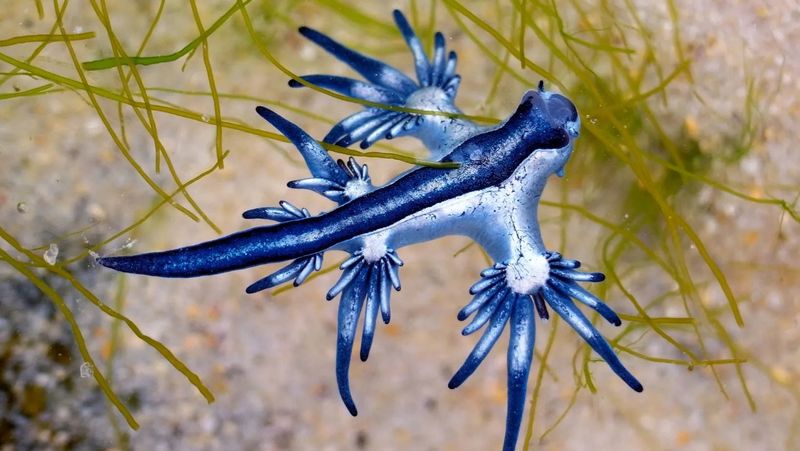
The Glaucus atlanticus, known as the Blue Dragon, is a small yet striking sea slug that floats upside down on the ocean’s surface. Its silver-blue body is both beautiful and functional, camouflaging it against the sky above and the sea below. This creature preys on venomous jellyfish, incorporating their stinging cells into its own body for defense. Despite its delicate appearance, the Blue Dragon is a formidable predator, showcasing nature’s ingenuity in evolutionary adaptation. Its unique lifestyle and striking looks make it a fascinating subject for marine enthusiasts and photographers alike.
Barreleye Fish
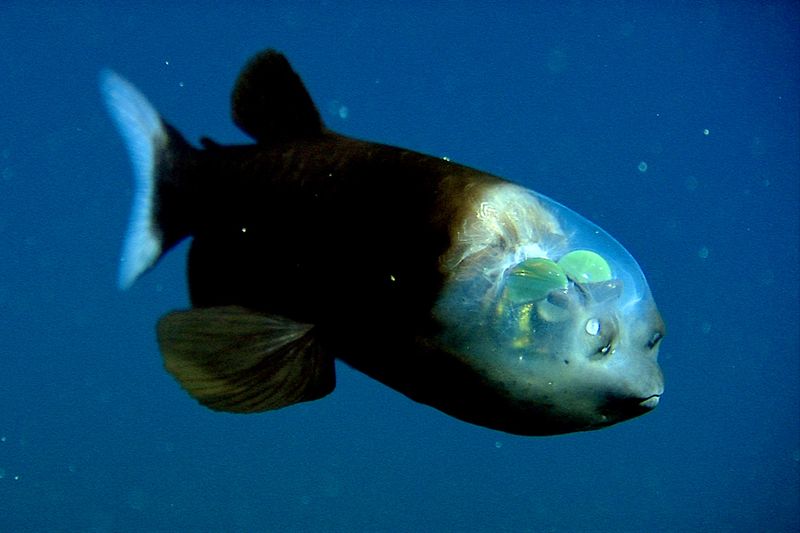
In the shadowy depths of the ocean, the barreleye fish navigates its mysterious world with a head as transparent as glass. This remarkable adaptation allows it to look upward through its transparent dome to spot prey silhouetted against the faint light above. Its tubular eyes, capable of rotating, provide a unique advantage in the dark, enabling it to track the movements of its prey with precision. The barreleye’s hauntingly beautiful appearance and its adaptation to deep-sea life continue to intrigue scientists, offering insights into the complexities of marine evolution and adaptation.
Nudibranch (various species)
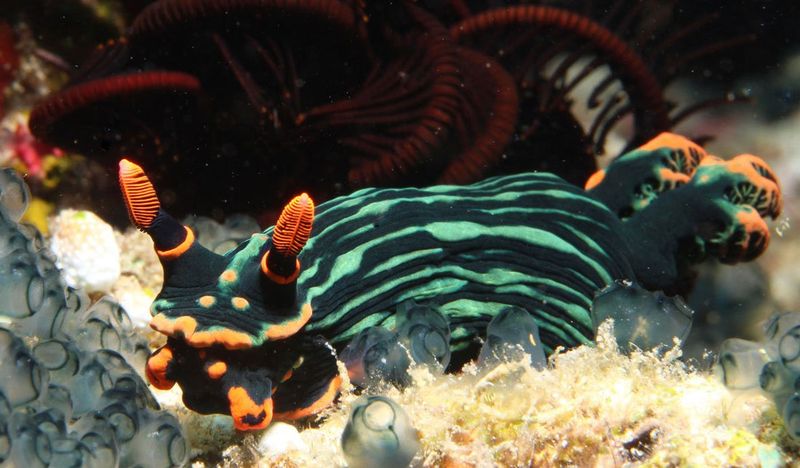
Nudibranchs, with their neon shades and surreal shapes, are the colorful jewels of the ocean. Found in coral reefs, kelp forests, and tide pools, these sea slugs are a vivid tapestry of colors and patterns. Each species is a masterpiece of design, from bold stripes to delicate spots, with a beauty that rivals the most extravagant terrestrial creatures. Despite their delicate appearance, nudibranchs are hardy survivors, often incorporating toxic chemicals from their prey into their own defenses. Observing a nudibranch in its natural habitat is like discovering a hidden gem, a flash of color in the marine landscape.
Goblin Shark
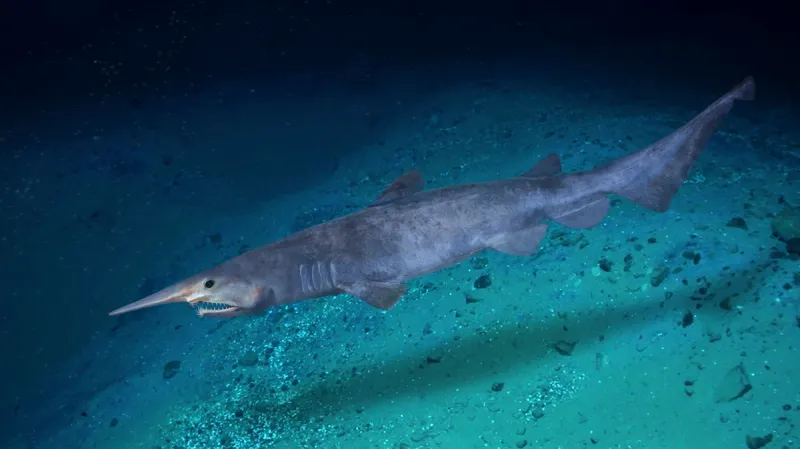
The goblin shark, with its pale pinkish skin and terrifying appearance, lurks in the mysterious depths of deep-sea trenches. Its most distinctive feature is a jaw that extends forward like a spring-loaded trap, an adaptation that allows it to snatch prey with lightning speed. This ancient species is often called a ‘living fossil,’ unchanged for millions of years. Its grotesque appearance and unique adaptations make the goblin shark a subject of fascination and fear. Despite its fearsome look, it is a rare and elusive creature, adding to the enigma of the ocean’s unexplored depths.
Lionfish
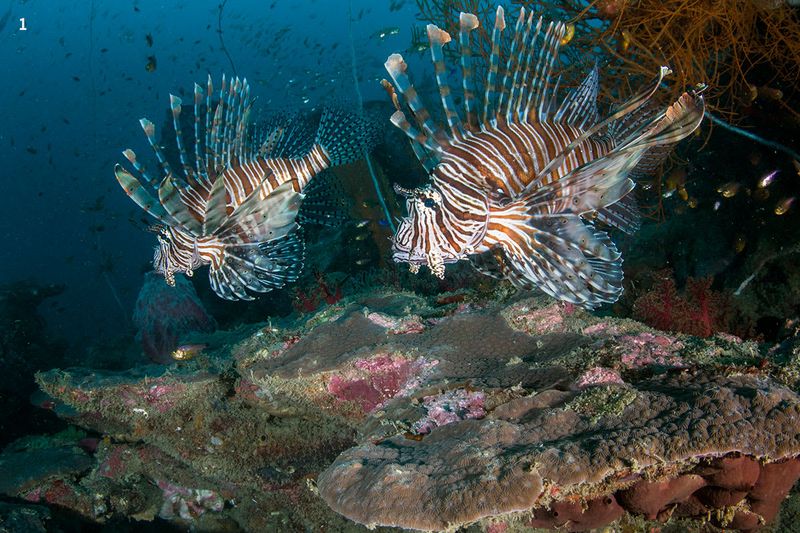
With its fan-like fins and venomous spines, the lionfish is as beautiful as it is dangerous. This invasive species has found a home in the warm reefs of the Atlantic, where it thrives and spreads rapidly. Its striking appearance is both a warning and a lure, drawing in curious observers while deterring potential predators. The lionfish’s impact on local ecosystems has been profound, as it competes with native species for food and habitat. Despite its invasive nature, the lionfish remains a captivating sight, its beauty and elegance unmatched in the marine world.
Giant Isopod

Resembling a massive, armored pill bug, the giant isopod is a formidable scavenger of the deep sea. Its robust exoskeleton and large size make it a unique inhabitant of the ocean floor, where it feeds on whale carcasses and other detritus. This creature’s appearance is both alien and familiar, a reminder of the diversity of life that thrives in the most unwelcoming environments. The giant isopod’s slow, deliberate movements are a stark contrast to its harsh surroundings, offering a glimpse into the resilience and adaptability of marine life in the deep sea.

